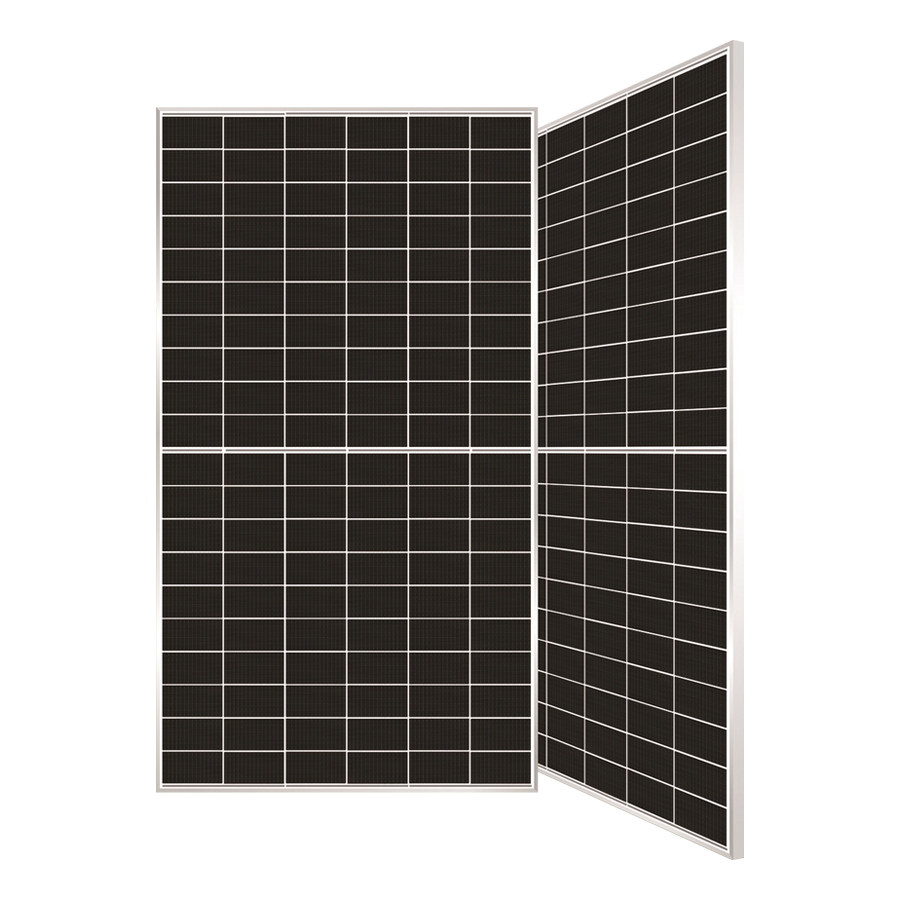-
Higher yield
-
HJT's core process flow only has 4 steps. The shorter process flow can help improve the yield rate and reduce costs such as labor and operation and maintenance.
-
Higher power generation
-
High bifacial ratio: HJT battery has a bifacial symmetrical structure, and the bifacial ratio can reach up to 95%. Low temperature coefficient: The temperature coefficient of HJT is -0.24%/℃, which is lower than PERC (-0.35%/℃) and (TOPCon-0.30%/℃). Low attenuation rate: HJT has no PID and LID effects, and will last for 30 years. In a long life cycle, HJT generates higher power.
-
Higher returns
-
The double-sided symmetrical structure of HJT reduces the mechanical stress of the silicon wafer and improves the overall wafer yield during the preparation process. The low-temperature process also reduces the possibility of warping of the silicon wafer when heated, which is more conducive to thinning.
-
Less thermal damage
-
The entire process of HJT is made in an environment below 200°C. In contrast, the temperature of the phosphorus expansion part of PERC needs to be higher than 850°C, and the temperature of the boron expansion part of TOPCon is above 1100°C. The low-temperature process helps reduce thermal damage during silicon wafer preparation and saves fuel.
-
More Efficient
-
HJT cells mainly absorb infrared light, while perovskite cells have a high utilization rate of light waves from short wavelengths to visible light wavelengths. The stacking of the two completes the "eclectic" absorption spectrum and can open up the ceiling of theoretical conversion efficiency.
-
Lower carbon emissions
-
Higher conversion efficiency, ultra-thin applications, and low-temperature manufacturing processes help reduce the carbon emissions of a single silicon wafer.





